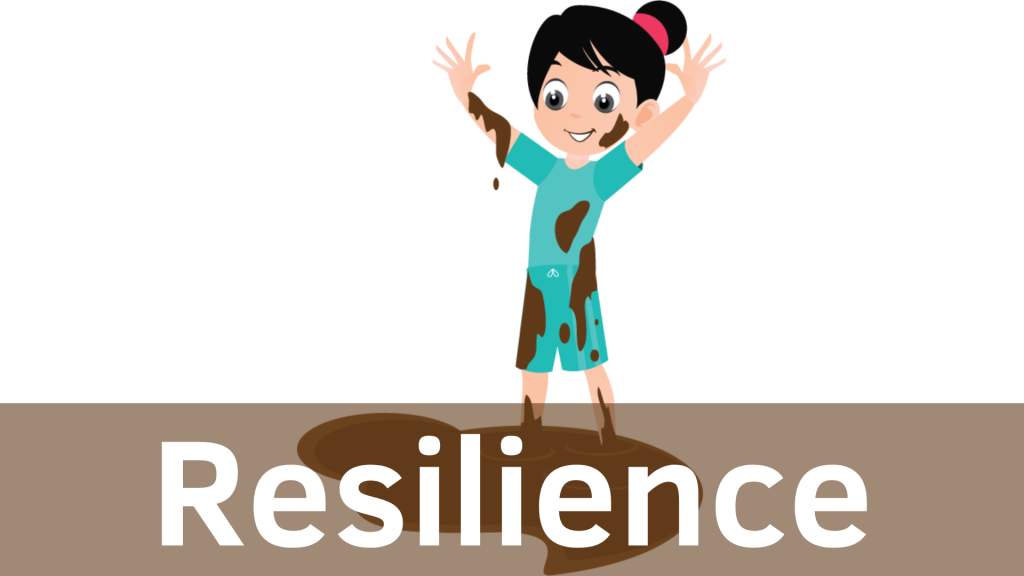Introduction
Childhood is often seen as a carefree time, but it is not without its share of emotional hurts, challenges, and traumas. Children face various difficulties, ranging from adapting to new environments and dealing with bullying to navigating struggles at home. However, the ability to thrive despite these challenges comes from the skills of resilience. Resilience is the capacity to bounce back from setbacks, adapt to adversity, and maintain a positive outlook. The good news is that resilience can be nurtured and developed in children. In this article, we will explore effective strategies for building resilience in children and empowering them to manage stress, overcome obstacles, and embrace uncertainty.
Understanding Resilience
- Defining resilience: Exploring the concept of resilience and its importance in children’s lives.
- The role of parents and teachers: Highlighting the significant impact adults have in fostering resilience in children.
- The benefits of resilience: Discussing the positive outcomes associated with resilience, such as improved mental health and better coping skills.
Tips for Building Resilience in Children
Make Connections:
- Emphasizing the importance of social connections and supportive relationships in building resilience.
- Encouraging empathy and teaching children how to engage with their peers effectively.
- Suggesting ways to foster connectivity, both in-person and through technology.
Encourage Helping Others:
- Discussing how empowering children to help others can enhance their sense of competence and resilience.
- Providing suggestions for age-appropriate volunteer work or assisting others within their community.
- Exploring how acts of kindness and generosity contribute to personal growth and resilience.
Establish a Daily Routine:
- Recognizing the value of structure and predictability in a child’s life.
- Collaborating with children to develop a routine that balances school work, play, and relaxation.
- Addressing the need for flexibility during times of distress or transitions.
Teach Self-Care:
- Stressing the significance of self-care practices in promoting overall well-being and resilience.
- Educating children about healthy habits, including proper nutrition, exercise, and sufficient sleep.
- Encouraging children to engage in activities they enjoy and find rejuvenating.
Set Goals and Celebrate Achievements:
- Guiding children to set realistic goals and helping them take steps towards accomplishing them.
- Breaking down larger tasks into manageable objectives to build confidence and perseverance.
- Recognizing and celebrating achievements along the way to maintain motivation and foster resilience.
Cultivate a Positive Self-View:
- Assisting children in recognizing their past successes and strengths when facing challenges.
- Encouraging self-trust, problem-solving skills, and decision-making abilities.
- Highlighting how individual accomplishments contribute to the well-being of the broader community.
Maintain a Hopeful Outlook:
- Encouraging children to maintain a long-term perspective, even during difficult times.
- Helping them see beyond the current situation and envision a positive future.
- Instilling optimism and gratitude to promote resilience and appreciation for life’s joys.
Foster Opportunities for Self-Discovery:
- Emphasizing the transformative power of challenging times for personal growth.
- Encouraging children to reflect on what they learn about themselves during difficult experiences.
- Exploring ways to apply newfound knowledge and resilience in future situations.
Embrace Change:
- Acknowledging that change can be unsettling for children and discussing the importance of adaptability.
- Teaching children that change is a natural part of life and providing guidance on setting new goals.
- Helping children find ways to navigate transitions and view change as an opportunity for growth.
Seek Professional Support:
- Recognizing that building resilience is a personal journey and seeking professional help when needed.
- Encouraging parents to consult psychologists or mental health professionals for guidance.
- Assuring parents that professional support can assist in strengthening resilience during times of stress or trauma.
Conclusion
Building resilience in children is a vital aspect of their emotional well-being and growth. By implementing strategies such as fostering connections, encouraging helping others, establishing routines, teaching self-care, setting goals, nurturing a positive self-view, maintaining a hopeful outlook, fostering self-discovery, embracing change, and seeking professional support when necessary, parents can empower their children to bounce back from setbacks and adapt to challenges with resilience and determination. Remember, resilience is a journey unique to each child, and understanding their individual needs and strengths will guide them along the path towards thriving in the face of adversity.




